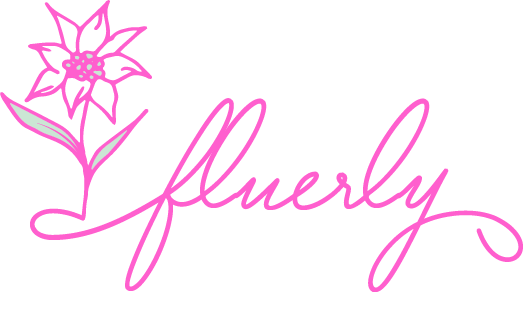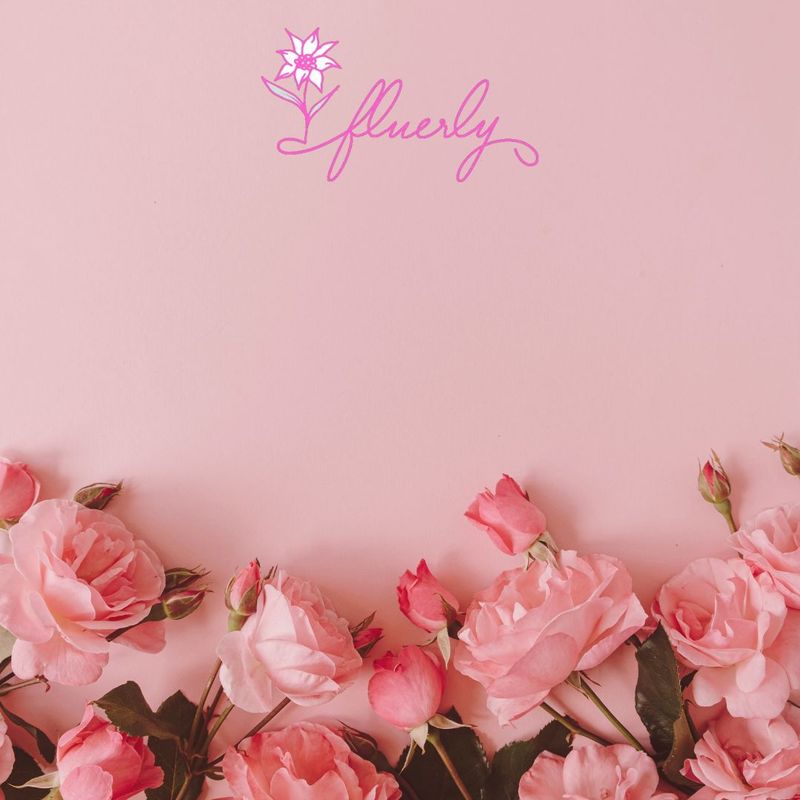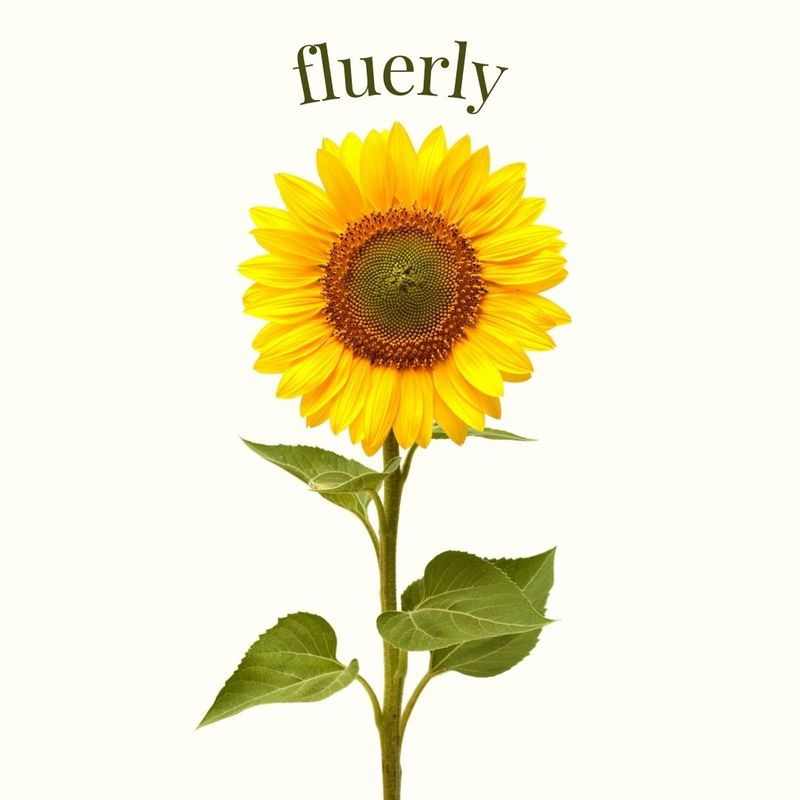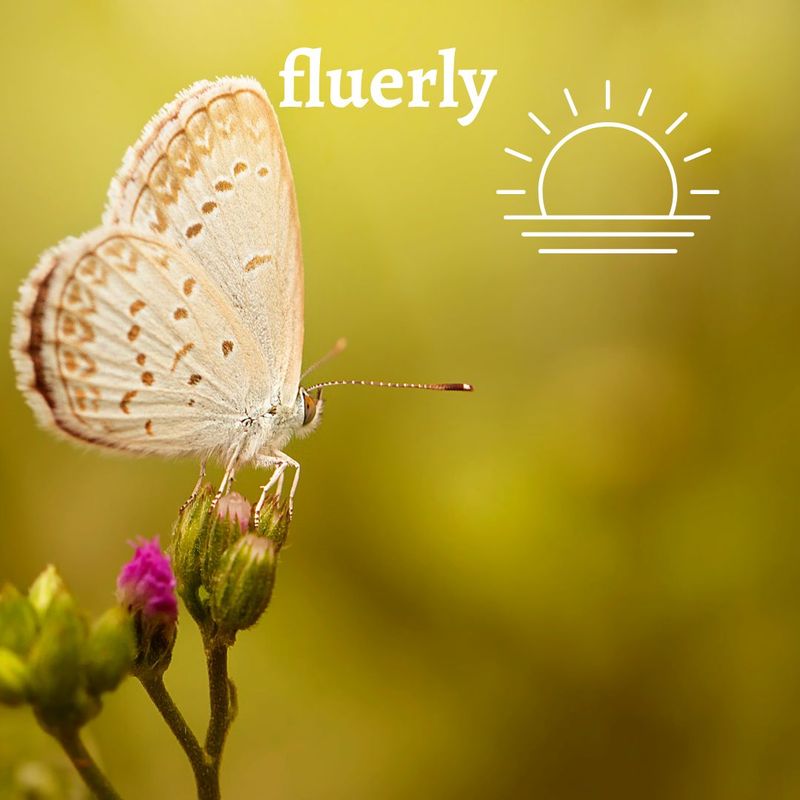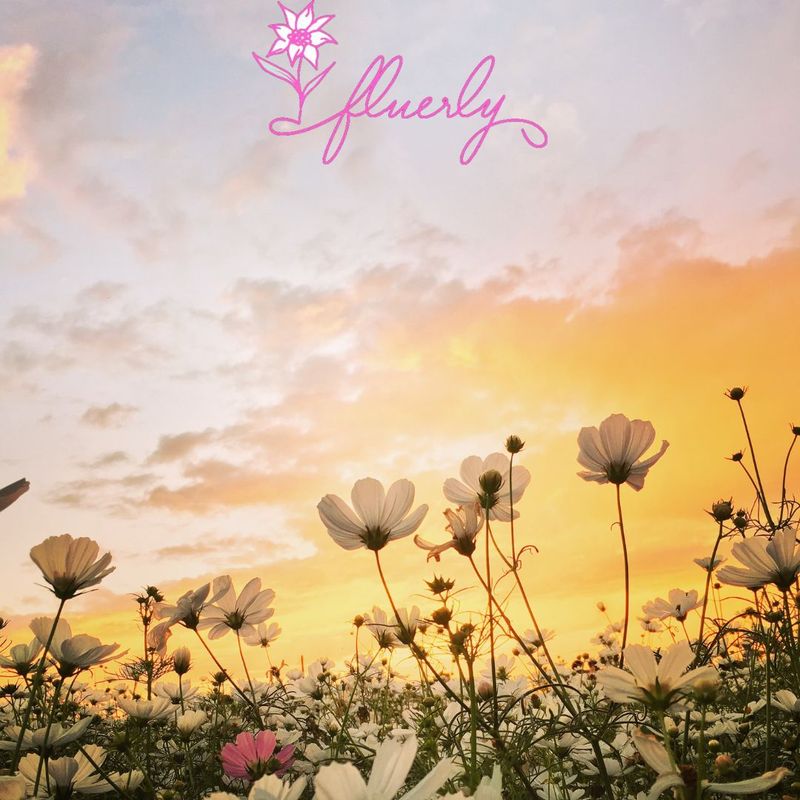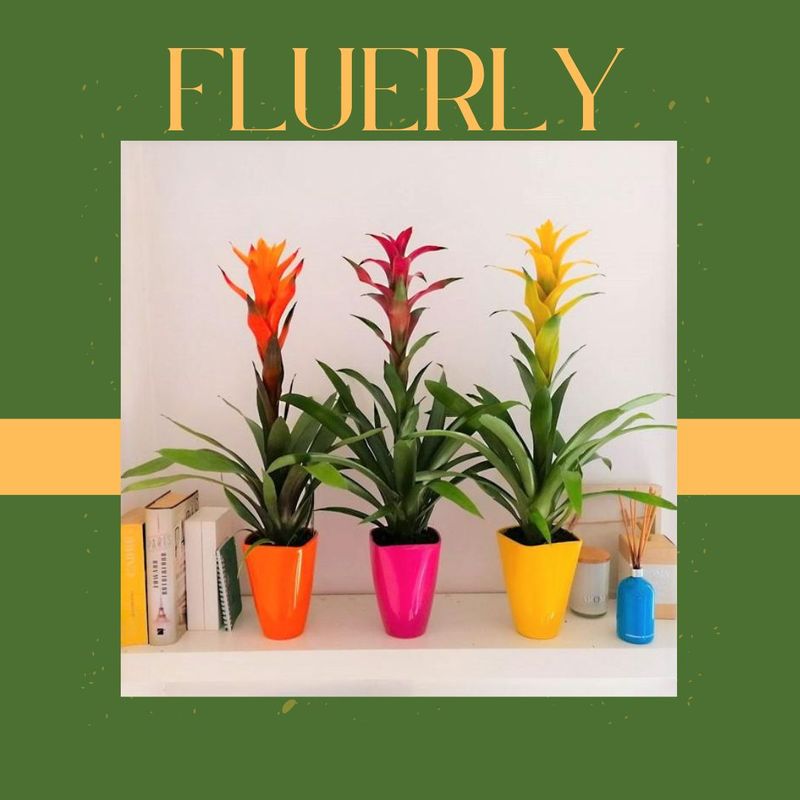The color of a flower is an important factor in its attraction. Colorful flowers, like those having bright colors, are very attractive to butterflies and other insects. The bright colors serve as guideposts to these flying insects that help them find food, water, and friends.
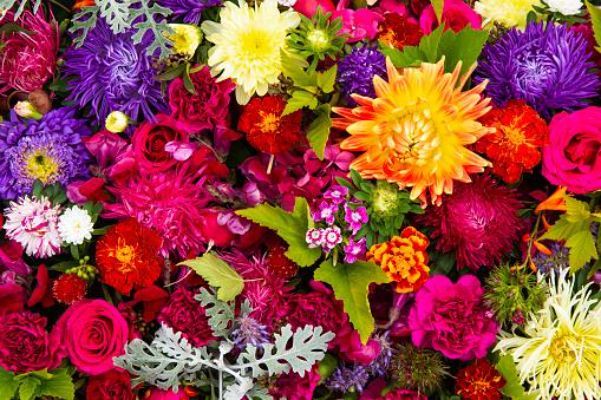
Bright-Colored Flowers – Here Are the Reasons
The Main Reason Is to Attract Pollinators
One of the main reasons flowers are brightly colored is to attract pollinators, such as bees and hummingbirds. Pollination is when pollen from one plant fertilizes an egg cell in another plant. Without pollinators, plants couldn't reproduce, and there would be no animal food!
Pollinators include bees, hummingbirds, butterflies, bats, and others—although they aren't all limited to flowers.
Bees Are Drawn to Certain Colors More Than Others
So, what makes a flower so attractive to bees? Bees are drawn to certain colors more than others. Scientists have found that bees are especially captivated by blue, purple, and yellow flowers.
Why do these particular colors attract bees? It's because they can see ultraviolet (UV) light—something that we humans can't see at all! Bees also have an advantage over us in that they can see a broader range of colors than humans; they even have specialized photoreceptors on their eyes that detect UV light. They even have one type of photoreceptor (called "rhabdomeric") that detects UV light specifically—this receptor helps them locate flowers in the dark!
Bright Colors Often Signify That a Flower Has a Lot of Nectar
Nectar is a sugary liquid that bees and other insects use as a food source. It's produced by the flower to attract pollinators, which then help the plant reproduce by carrying pollen from one blossom to another. Nectar is produced in the flower's nectary—a small sac located at the base of each petal where it meets with another part of the plant. Bees are particularly attracted to brightly colored flowers because they know these plants have plenty of nectar available for them and their offspring.
Insects Are Attracted to Flowers Through Nectar Or Pollen through Visual Cues
Animals are attracted to flowers through nectar or pollen by visual cues. The color and shape of the flower, as well as its petals, pollen, nectar, and stamen, all play a role in attracting insects that help pollinate it.
Fruit Bats Are Also Known to Be Attracted to Bright Colors
Fruit bats are also known to be attracted to bright colors. Fruit bats are the only mammals that can fly, and they eat fruit, but they also eat insects. Fruit bats have poor eyesight but rely on their keen sense of smell when finding food.
Bright Colors Warn Animals That Are Looking For Food
Another reason for having bright colors is to warn animals looking for food. Many plants are brightly colored, so it's easy to see that animals like birds and insects might eat them. If they were not brightly colored, they would be eaten by other animals. This means the plant could die and not produce seeds or flowers because of being eaten by other animals!
Bright Colors Confuse Predators
Bright colors can confuse predators. In fact, even though you might think a flower would want its predators to see it, this is not necessarily the case. If a predator sees something brightly colored in the distance and decides to go after it, they may lose interest once they get closer and realize what they're actually seeing. This can be helpful if you're a plant trying to hide from animals looking for prey—or if you want them there in order to pollinate their flowers!
Bright Colors Deflect Heat from the Sun
Another important reason for having bright colors is to deflect heat from the sun. Flowers need to absorb sunlight in order to make food, but the sun can be very hot and damaging if you are not careful. Bright colors help flowers absorb this energy without being damaged by it.
A good example of this is a flower called a Hibiscus with dark green leaves with yellow flowers.
Some Bright-Colored Flowers
Flowering plants are an essential part of any garden. Bright flowers can be difficult to find, however, so we have created this list of some of the most colorful flowering plants that you can grow in your garden or outdoor space.
FUSCHIA DAISY
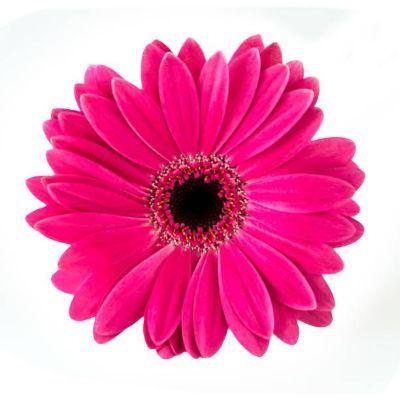
Fuschia Daisy (Erigeron fuchsia) is a bright color flower native to North America. It is an annual plant in China and a perennial plant in North America.
SCABIOSA
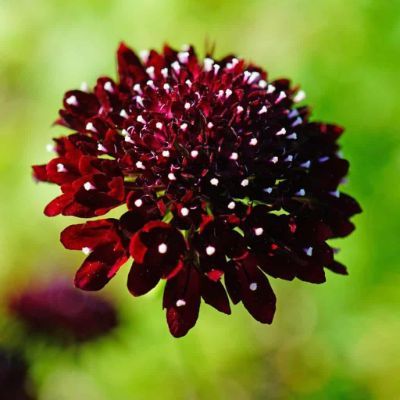
It has bright red flowers. It is mildew resistant and easy to grow.
SILENE
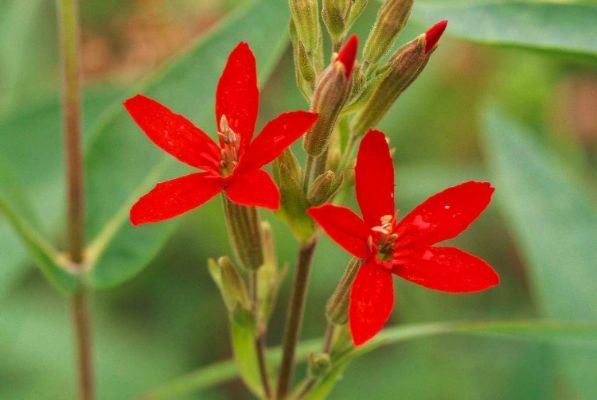
The silene is a wonderful plant to grow in the garden. It has flowers that are pink, red, white, orange, and yellow. They can be grown in the garden or in pots on your patio or balcony. This plant does not require much care and grows quite easily if planted in the right area of your garden.
THE STOCK
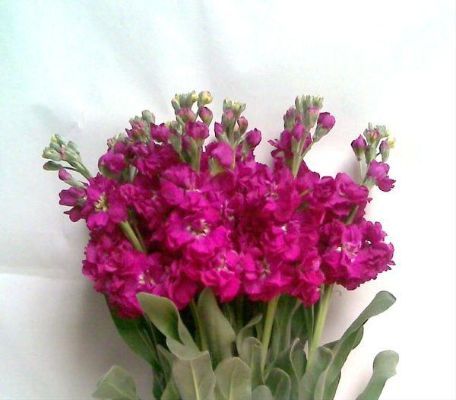
The stock is a perennial plant that grows to be about 12 inches tall. The flowers are purple, and the stems have a soft waxy coating. The stock is hardy and thrives in many different soil types because its roots can grow deep into the ground.
MATRICARIA

Matricaria is also known as Chamomile. This perennial plant produces small yellow flowers that are often used for medicinal purposes or in tea blends. It can extend up to 3 feet tall and has a sweet, fruity scent that makes it an excellent companion plant for other plants in your garden because it captivates bees, butterflies and other beneficial insects while deterring pests such as aphids and cabbage worms.
HELLEBORUS NIGER
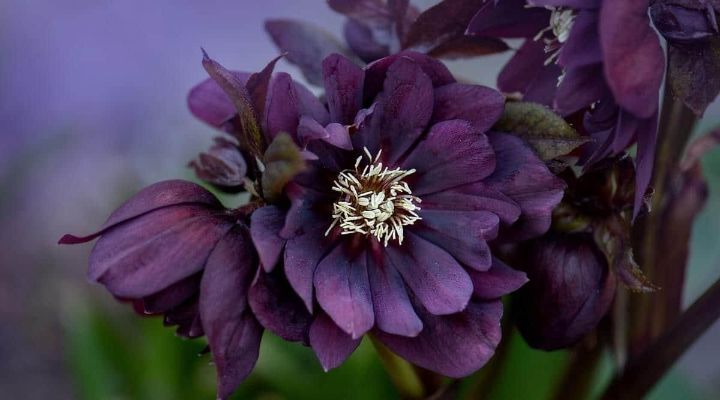
Helleborus Niger is a bright color flower, also known as the Christmas rose, is a perennial plant native to the Mediterranean region. It has dark green leaves with white or pink flowers and can be grown in your garden all year round. It's a hardy plant that thrives in full sun but needs well-draining soil!
Wrap Up
It's clear that flowers are bright colors for a reason. They attract pollinators, which in turn carry pollen from one flower to another. This is how plants reproduce and spread their genes through the world around them!
